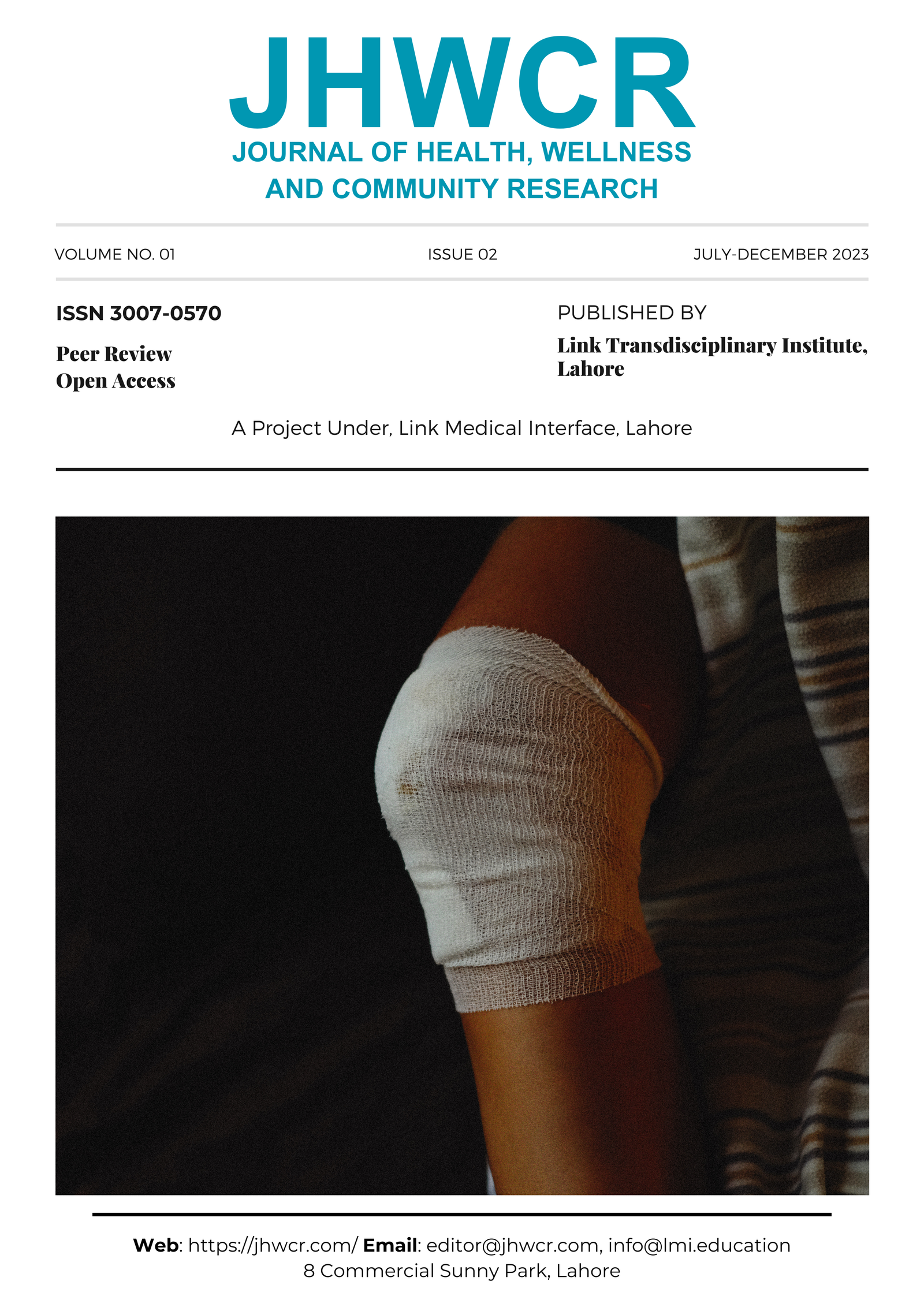Efficacy of Pre-Operative Intravenous Tranexamic Acid Before Caesarean Section in Placenta Previa
DOI:
https://doi.org/10.61919/0je3mm04Keywords:
Tranexamic Acid, Placenta Previa, Cesarean Section, Blood Loss, Maternal Outcomes, Obstetric Hemorrhage, Blood TransfusionAbstract
Background: Placenta previa is a leading cause of antepartum hemorrhage, contributing significantly to maternal morbidity and mortality, with limited consensus on optimal strategies to minimize intraoperative blood loss during cesarean section. While tranexamic acid is recognized for its antifibrinolytic properties, evidence regarding its efficacy and safety in placenta previa remains underreported in local clinical settings. Objective: This study aimed to evaluate the effectiveness and safety of pre-operative intravenous tranexamic acid in reducing intraoperative blood loss and transfusion requirements in women with placenta previa undergoing cesarean section. Methods: A descriptive cross-sectional study was conducted at Bahria International Hospital, Lahore, with 50 eligible women aged 20–44 years and diagnosed with placenta previa. Participants were selected by consecutive sampling, meeting criteria of gestational age ≥28 weeks and hemoglobin ≥8 g/dL, while those with known allergy to tranexamic acid, severe renal impairment, or coagulopathy were excluded. Data were collected via structured questionnaires and operative records, measuring estimated blood loss, transfusion rates, and adverse outcomes. Analysis was performed using SPSS v26, applying t-tests and logistic regression, and ethical approval was obtained per the Helsinki Declaration. Results: Mean intraoperative blood loss was significantly lower in the tranexamic acid group (500.2 ± 160.5 mL) compared to controls (710.0 ± 250.0 mL, p=0.015), with a transfusion rate of 5% versus 30% (p=0.023; OR=0.12, 95% CI: 0.12–0.94). Adverse effects were minimal and comparable between groups. Conclusion: Pre-operative intravenous tranexamic acid effectively reduces blood loss and transfusion need in placenta previa cesarean deliveries without increasing adverse events, supporting its integration into routine obstetric care for improved maternal outcomes.
Downloads
Published
Issue
Section
License
Copyright (c) 2025 Qura Tul Ain, Malik Ahsan, Rafay Azeem, Samia Gull, Fahad Ali, Jawaria Barkat (Author)

This work is licensed under a Creative Commons Attribution 4.0 International License.


